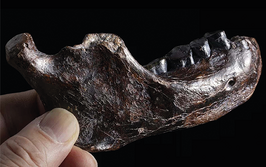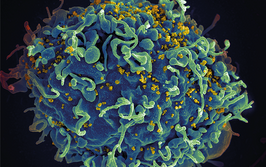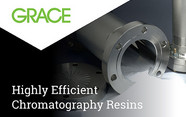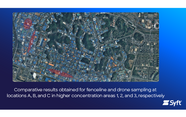
Caught in the Net
Which insecticide-infused mosquito nets are still effective? Mass spec has the answer.
Jonathan James | | Quick Read
Insecticide-infused netting plays a vital role in limiting the spread of mosquito-borne diseases, but determining when a net has lost its potency poses a tricky technical challenge. Collaboration between pathologists and analytical scientists in the US has led to a potential solution – a mass spectrometric method to differentiate between effective and ineffective netting (1).
“We’ve developed a way to measure two of the most common insecticides used on any type of netting,” said Fred Stevie, senior researcher at North Carolina State University’s Analytical Instrumentation Facility, in a press release (2). Targeting permethrin, one of the most widely used insecticides in mosquito netting, the team used mass spectrometry to obtain chemical fingerprints of both the insecticide and the netting material. Using time-of-flight secondary ion mass spectrometry (ToF-SIMS) – which is based on the pattern of ions ejected from a sample’s surface following bombardment with bismuth ions – the researchers were able to determine the overall makeup of the sample.
To validate their approach, the researchers gathered a variety of nets that had seen varying degrees of use, as well as real-world data on their efficacy. ToF-SIMS allowed the team to deduce the level of permethrin at which the nets became ineffective. For Stevie, the work could have global ramifications; “There are more than a billion nets out there, and our new technique can tell us how long the pesticide on those nets last,” he said. “Ultimately, the technique could help us examine a range of fabrics embedded with insecticides, from military uniforms to high-end hiking gear.”
- SC Smith et al., “Imaging and quantitative analysis of insecticide in mosquito net fibers using Time-of-Flight Secondary Ion Mass Spectrometry (ToF-SIMS),” PLoS One, 13, e0209119 (2018). PMID: 30586430.
- M Shipman, “For first time, researchers can measure insecticide on surface of mosquito nets” (2019). Available at: bit.ly/2Fj8yy6. Accessed March 1, 2019.
Having thrown myself into various science communication activities whilst studying science at University, I soon came to realize where my passions truly lie; outside the laboratory, telling the stories of the remarkable men and women conducting groundbreaking research. Now, at Texere, I have the opportunity to do just that.

















